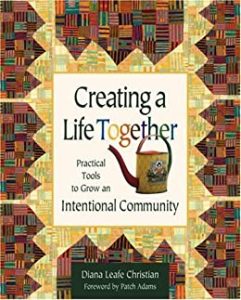
Here is an excerpt from Diana Leafe Christensen’s “Creating A Life Together”
pg. 15-16
What Kind of Person Founds a Community?
Certain recognizable characteristics stand out in successful community founders, or at least among “burning souls” — a cohousing term for vision-driven founders who work zealously to manifest their dreams.
Dianne Brause and Kenneth Mahaffey of Lost Valley are clearly burning souls. So are Valerie Naiman of Earthaven, Tony Sirna and Cecil Scheib of Dancing Rabbit, Dave Henson of Sowing Circle/OAEC, Luc Reid of Meadowdance, and other founders you’ll meet in these pages.
Founders need to be visionaries — people who can imagine, visualize, or feel something that doesn’t exist yet. Most of the group seeing the Lost Valley property for the first time saw a dreary wreck; Kenneth and Dianne saw a thriving community and well-appointed, successful conference center.
Founders must be leaders — people who can inspire others to believe a particular vision is possible and who motivate them to take action and make that vision come true. The people who joined Dianne and Kenneth at Lost Valley wouldn’t have jumped into that uncertain venture, or worked so fiercely over the first year, without Dianne’s and Kenneth’s burning belief that Lost Valley would soon host successful workshops and conferences.
Founders of “the ten percent” are often successful entrepreneurs, or have at least one experienced entrepreneur in their group. Technically an entrepreneur is someone with the ability to organize and manage a business, assuming the risk for the sake of the profit, but I’m referring mainly to the aspect of instinctive business savvy — someone with an inner “radar” about what will work financially. Entrepreneurs take risks, based as much on intuition as on experience. They take the initiative. They’re focused, taskoriented, on-point. They know how to create budgets and strategic plans. Kenneth Mahaffey was a successful real estate investor before cofounding Lost Valley; he took an enormous risk buying property that might require paying $50,000 of back taxes and might not have the necessary use permit restored. Valerie Naiman had been a successful movie costume designer and owner of a retail costume shop; she took a huge risk by selling her business and investing time and money to pursue legal structures and real estate for an untested, non-mainstream project, then investing substantial sums in Earthaven’s down payment and EarthShares fund. Not all people with this ability use it to make money. Dave Henson, who has entrepreneurial savvy in spades, was a fairly well-known and effective environmental activist before cofounding the Sowing Circle/OAEC project.
And lastly, founders must be physical builders — people who know how to alter their property to help create their vision, from renovating a building to digging ponds, building cabins, or erecting solar panels. Kenneth Mahaffey and Dianne Brause and the first members threw themselves into cleaning and renovating the Lost Valley property, as did Dave Henson and his fellow cofounders at Sowing Circle/OAEC. As soon as they’d purchased their properties, Valerie Naiman and the cofounders of Earthaven, and Tony Sirna and Cecil Schaub and the cofounders of Dancing Rabbit, immediately began building roads, setting up camping areas, and creating the first rudimentary shelters on their undeveloped parcels of land.
Vision, leadership, entrepreneurial skill, and willingness to physically build must be present in your group, but not necessarily all in the same person. As founders you must certainly have vision — without which nothing will happen. You’ll need leadership to inspire yourselves and those who’ll join you to support that vision. You’ll need one or more entrepreneurs who know what will work financially, and who are willing to take a risk — and thus inspire the rest of you to take a risk. And you’ll need to get physical on the land to turn your vision into reality.
Given these “ingredients,” here’s my recipe for growing an intentional community:
- Imagine, visualize, or feel something that doesn’t exist yet.
- Inspire yourselves and those that join you to believe your particular vision is possible and you can make it happen.
- Use entrepreneurial skills to do all this within your estimated budget and time frame (revising either as necessary).
- Use labor, tools, and energy to create the physical expression of your vision on your property
What Else You’ll Need
Your group will also need patience, faith, good communication skills, tenacity, and the willingness to acknowledge each other.
You can purchase Creating A Life Together here. We highly encourage reading this entire book, particularly Chapters 2-5, which are required reading before joining a founders meeting.

